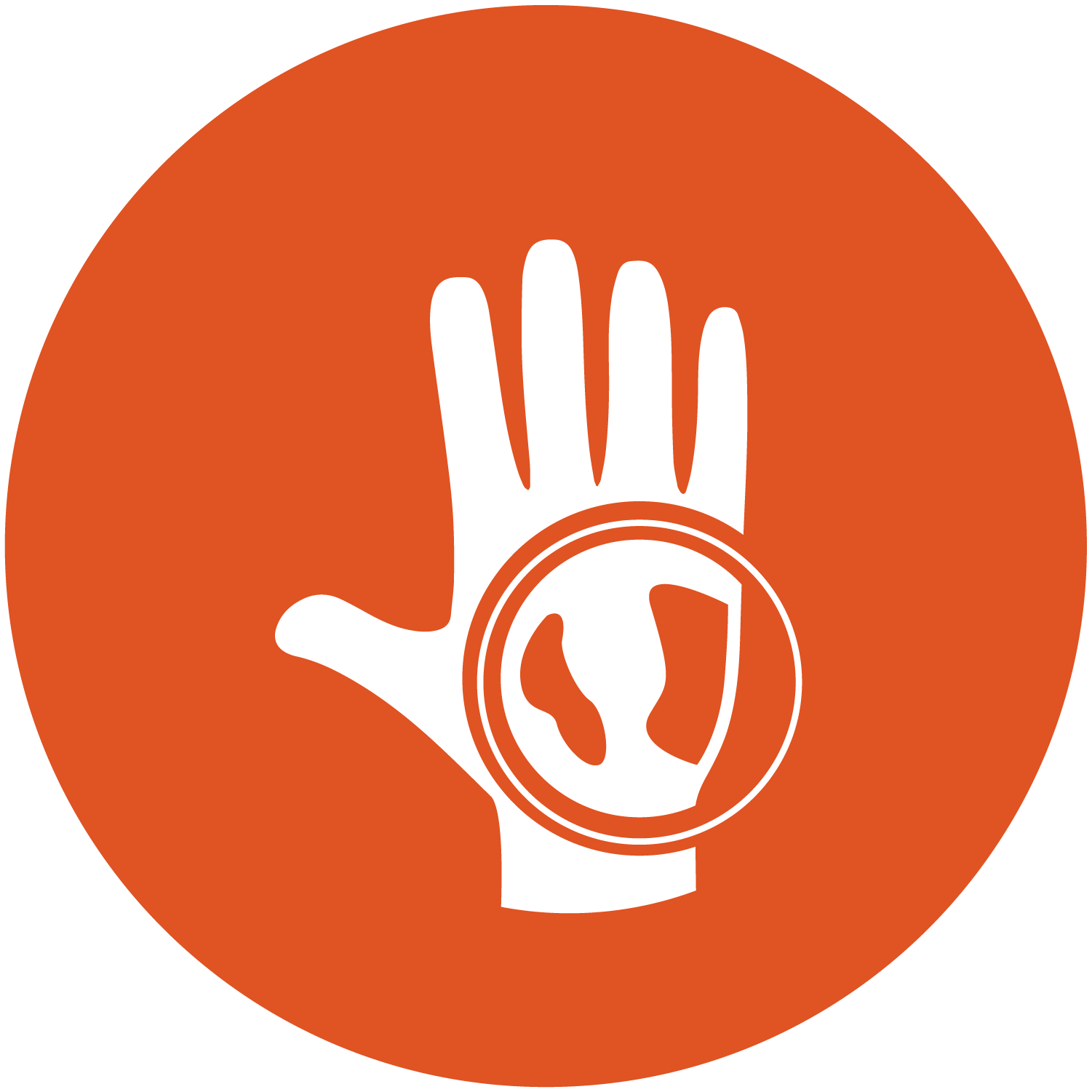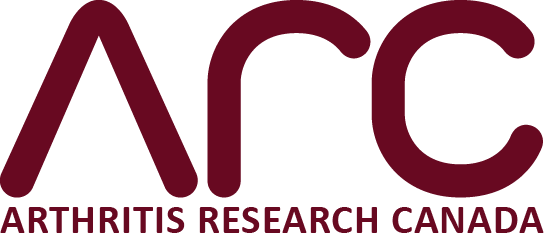The more fact-based information you know early in your journey with the disease, the better. Whether at the time of your diagnosis, during treatment conversations, or looking after yourself day-to-day, it is the facts about PsA that will support you in understanding the choices before you and making good decisions for yourself now, and throughout your journey.
At the end of Lesson 2, you will know the basic facts about PsA, including who commonly gets it and what it does to the body, how to get properly diagnosed, the essentials on PsA treatment approaches, and information on the latest advances in research.
Please read each section of this lesson carefully, and then when you are ready, take the Lesson 2 Quiz to test your new knowledge. The quiz is an interactive and printable PDF.

The facts about psoriatic arthritis
PsA is an autoimmune disease, meaning it occurs when the body’s immune system mistakenly attacks healthy tissue, in this case, the joints and skin.
There are over 100 different types of arthritis affecting more than 6 million Canadians. While some types of arthritis are very rare, others are quite common. Some types have fairly mild symptoms, many can be painful, disabling, and even deadly. Psoriatic arthritis (PsA) is one of the most common types of inflammatory arthritis, in a category called spondyloarthritis.
Spondyloarthritis is grouped into two broad categories:
Axial spondyloarthritis- diseases mainly affecting the spine, including ankylosing spondylitis.
Peripheral spondyloarthritis- diseases that mainly affect other parts of the body such as the fingers, arms and leg joints, including PsA.
It is possible to have both peripheral and axial symptoms- the category of the disease relates to which part of the body is most severely affected.
Psoriatic arthritis is linked to a skin disease called psoriasis. Psoriasis is considered a significant risk factor for developing psoriatic arthritis. According to Arthritis Research Canada, approximately 30 per cent of people living with psoriasis will go on to develop PsA.
Psoriatic arthritis tends to strike people in the prime of their lives, most commonly, people are diagnosed between the ages of 20 and 50. The disease affects men and women in equal numbers.
Psoriasis causes a scaly-type rash usually occurring on the elbows, knees, and scalp. Psoriasis can be mild, moderate or severe. In most people, psoriasis tends to be mild and some people may not realize they have it at all.
Psoriatic arthritis causes swelling and pain in and around joints, as well as a scaly rash on the skin. Joints most commonly affected by PsA include fingers, wrists, toes, knees, shoulders, elbows, and ankles.
Although PsA can affect both the skin and the joints, 70% of patients say joint symptoms are the most bothersome. Psoriatic arthritis also affects the tendons and ligaments around the joints and causes swelling of the surrounding tissue.
Psoriatic arthritis can also affect the spine – a form of the disease called psoriatic spondylitis.

Getting diagnosed with psoriatic arthritis
- Psoriatic arthritis has “hallmark” symptoms when the disease first presents itself. These include:
- Pain and swelling in the joint, tendons, and ligaments in fingers and toes, causing the appearance of “sausage fingers or toes”
- Fingernails becoming detached from the nail bed or developing small pin hole sized dents (called “pitting”) on the surface
- Reduced range of motion in joints and limbs
- Morning stiffness lasting more than one hour
A recent study found that patients with psoriasis often do not link pain symptoms to PsA, and do not mention their pain to their physician; others see the wrong physicians or self-medicate. This slows the process of diagnosis and the patient’s ability to get the right treatment. For this reason, it is important to speak to your doctor if you have psoriasis and are experiencing the symptoms listed above.
If your family physician believes you may have PsA, you will usually be referred to a rheumatologist – a specialist in the treatment of arthritis. Rheumatologists have many years of extra training on top of their regular medical schooling and are experts at diagnosing and treating all forms of arthritis, including psoriatic arthritis.
Research has proved that genetics plays a role; children with parents who have PsA are up to three times more likely to develop it. For this reason, be sure to tell your doctor about any history of PsA in your family.
The symptoms of PsA mimic other forms of arthritis, including gout and rheumatoid arthritis. Although a blood test cannot confirm a diagnosis of PsA, your family doctor and/or your rheumatologist may run blood tests to rule out other forms of arthritis such as rheumatoid arthritis that often does show up on a blood test.

Treatment basics for psoriatic arthritis
Once a rheumatologist has diagnosed PsA, there are effective treatments available to help a person manage the symptoms and minimize joint damage. While there is no known cure for PsA, treatments are available, and your rheumatologist is the best person to discuss these with and formulate a treatment plan to address all aspects of the disease and its effects on your life.
Diagnosing and treating PsA early and aggressively is vitally important and
can be key factors in maintaining joint health and preventing disability and deformity. Today specialists recommend a treatment plan that includes education, medication – often a combination of several different types of medication will be used in a person’s treatment plan, social support, appropriate amounts of range-of-motion, cardiovascular and muscle strengthening exercises, rest, vitamins and mineral supplements and a well-balanced diet.Exercise is also a very important component of a successful treatment plan in PsA. Physical therapy can help maintain range of motion, flexibility, and good posture. Appropriate stretching and strengthening of muscles and tendons surrounding affected joints can help to keep them stronger and healthier and is effective at reducing pain and maintaining mobility. In addition, moderate forms of aerobic exercise (i.e. cardio) can help to maintain a healthy body weight and lessens unnecessary strain on joints. Swimming, walking, and cycling are often recommended but they must be done at a level which safely “challenges” a person’s aerobic capacity. A physiotherapist trained in PsA is the ideal person to recommend a safe and effective exercise program for people living with the disease.
To treat and protect your skin, you can use a humidifier in your home to prevent dryness. Using unscented lotions and creams can protect and sooth your skin. Avoid any strong perfumes or dyes in skin lotion, as these can aggravate psoriasis.
Controlling the skin disease aspect of PsA can help control the arthritis of PsA. If psoriasis is not well controlled by simple measures, consultation with a skin specialist (a dermatologist) is needed.
Finally, maintaining a healthy lifestyle is also a critical part of a PsA treatment plan. A nutritionally sound diet that includes appropriate levels of calcium, vitamin D and folic acid is important. Managing stress levels, getting appropriate amounts of rest, quitting smoking, and good old-fashioned relaxation lead to a higher quality of life.

The latest research on psoriatic arthritis
Research into PsA causes, treatments and cures have advanced significantly over the past 30 years. It is clear that multiple “targets” are involved in the “inflammatory cascade” which drives the disease’s progression and worsened outcomes.
The development of new medications that target specific cytokines involved
in fueling the PsA disease process has saved and changed peoples’ lives, in a recent study, nearly 80% of PsA patients say their medication regimen has their PsA under control.Studies have shown that patients with PsA are at a greater risk for developing other chronic conditions (known as complications) such as diabetes mellitus, obesity, cardiovascular diseases, osteoporosis, inflammatory bowel disease and inflammatory eye disease. New research is looking at ways to predict and ultimately prevent these complications associated with PsA. If PsA is treated properly and patients respond to the treatment, the complications can be markedly reduced or prevented.
Knowledge that exercise – low, medium or high-intensity exercise – should be a key piece of an overall PsA treatment plan. Its benefits are many – physically, psychologically and emotionally. Even during disease flares, non-weight bearing exercise can help keep patients with PsA mobile, a key reason why overall, they do well and maintain quality of life.
Researchers at Arthritis Research Canada (ARC) have found that overweight
and obese people with psoriasis may be at greater risk for developing psoriatic arthritis. In addition, if individuals who are overweight lose weight, it is shown to decrease the severity of both psoriasis and psoriatic arthritis symptoms.
Watch the coaching video

Arthritis Consumer Experts
© 2000-2022 ACE Planning and Consulting Inc.

ACE thanks Arthritis Research Canada (ARC) for its scientific review of ACE and JointHealthTM information and programs.

Arthritis Consumer Experts
© 2000-2022 ACE Planning and Consulting Inc.

ACE thanks Arthritis Research Canada (ARC) for its scientific review of ACE and JointHealthTM information and programs.



